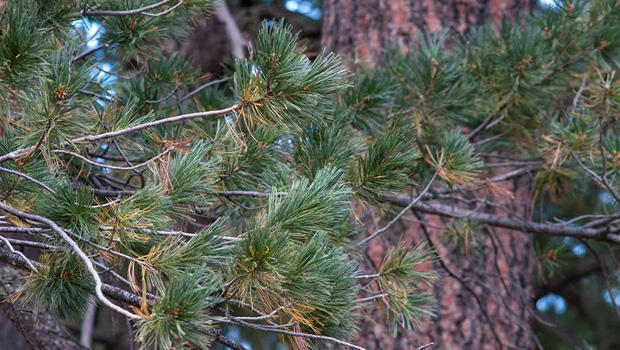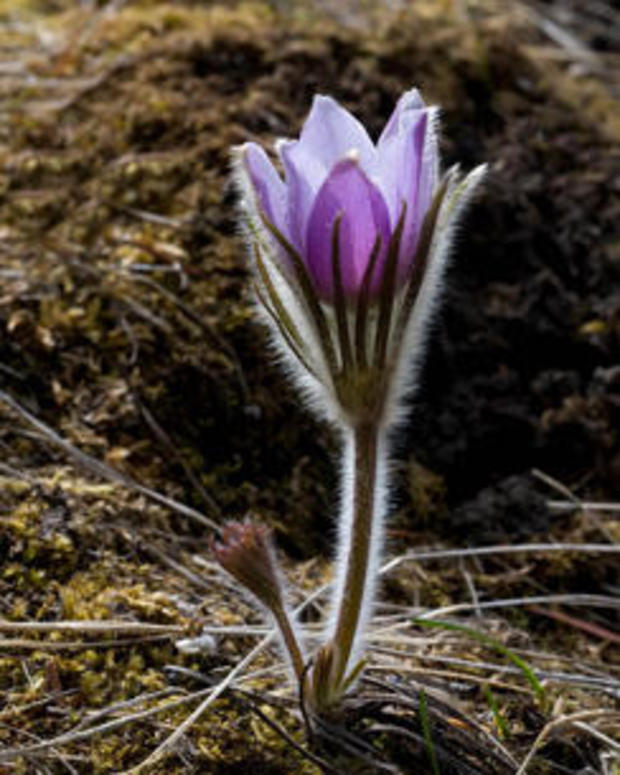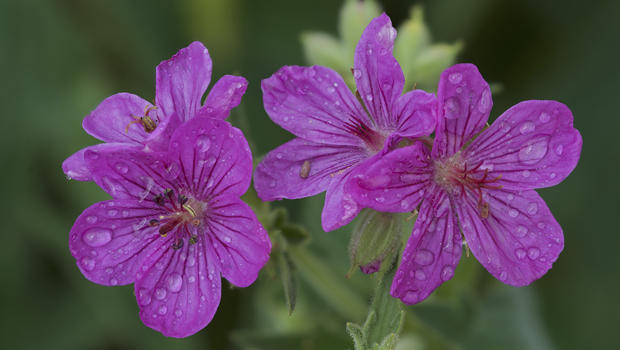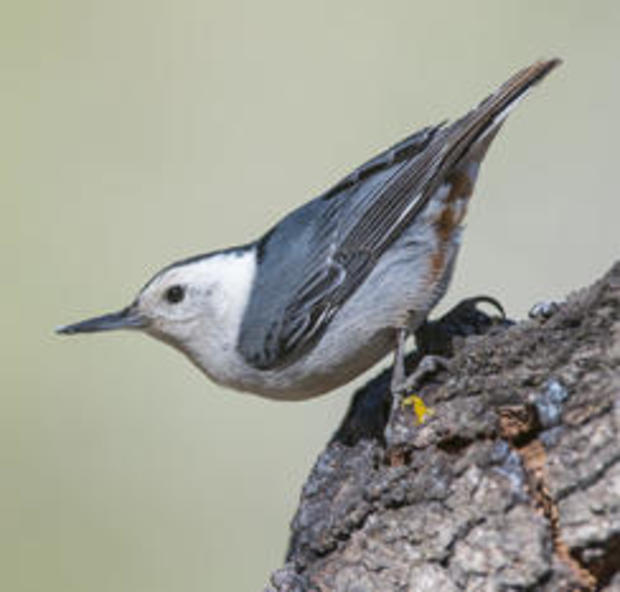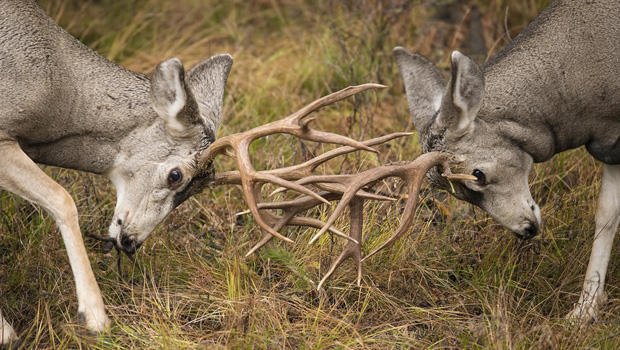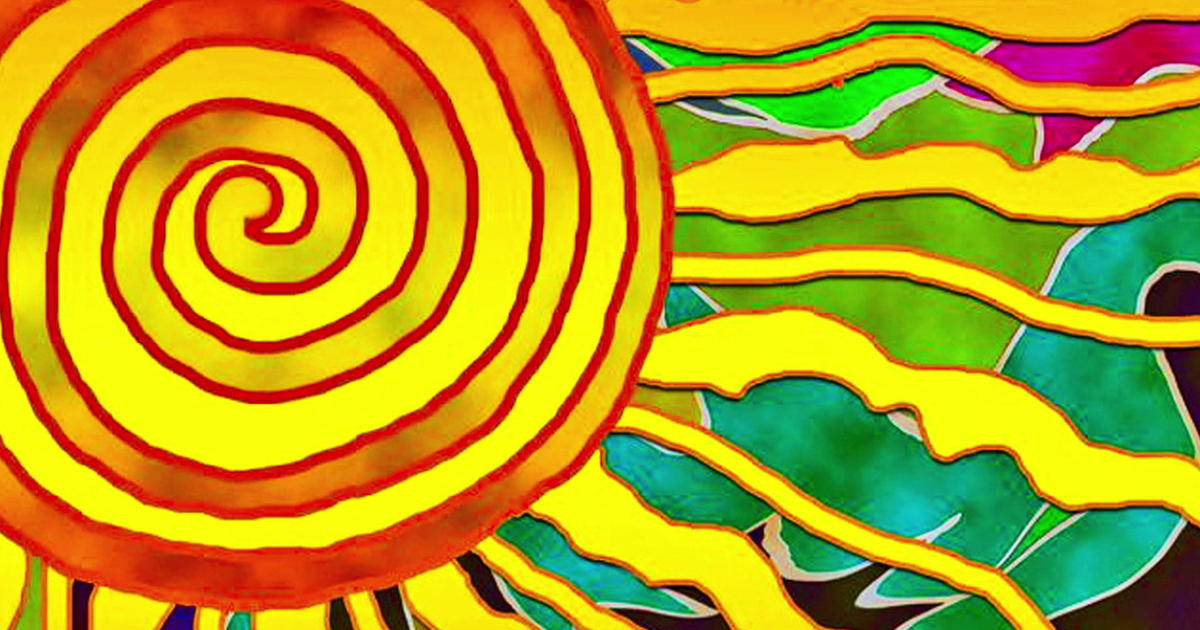Nature up close: Mount Rushmore National Park
By “Sunday Morning” contributing videographer Judy Lehmberg.
As we end one of the most divisive presidential elections ever, it may be soothing to remember some of the great U.S. presidents with a visit to Mount Rushmore.
The four presidents carved in granite in South Dakota all had an enduring and dramatic impact on what the U.S. would become: George Washington was the father of our country, who led the fight for independence from Great Britain and became our first president; Thomas Jefferson, the main author of the Declaration of Independence, and who purchased the Louisiana Territory to double the size of the U.S.; Abraham Lincoln, who fought tirelessly for an end to slavery and to reunited a divided country; and Theodore Roosevelt, who led the U.S. through a rapid economic growth, negotiated the building of the Panama Canal, worked to end large corporate monopolies, and placed about 230,000,000 acres under public protection as national parks, forests and monuments.
The carving of the presidents on Mount Rushmore began in 1927. It became a National Park in 1933 while the four presidents were still being carved. Originally, sculptor Gutzon Borglum planned to depict the four presidents from the waist up, but as World War II approached funding dried up, and the work was considered finished in October 1941.
While Mount Rushmore National Park is justifiably best known for its famous carvings, its natural side is impressive as well. The dominant tree is the ponderosa pine. Ponderosas are some of the longest-living and tallest species of pines, with some living over 500 years and growing to heights of more than 200 feet. Ponderosa pines are common in Mount Rushmore National Park. They evolved with fire, and are actually dependent on it to keep other species from invading their habitat. Mature ponderosa pines can withstand all but the hottest of fires, and can survive even after all of their needles have been burned and their thick bark is fire-scarred. As long as the inner bark (which carries the tree’s nutrients) isn’t burned, the tree will survive. Want to be sure you have correctly identified a ponderosa pine? Sniff its bark. Some people think it smells like vanilla, while others argue butterscotch. No matter which you smell, it is pleasant.
Mount Rushmore National Park has a rich diversity of wildflowers. One of the prettiest to be found there is the pasque flower, which is the state flower of South Dakota. It is a true harbinger of spring as it blooms sometimes even before the snow has melted. A member of the buttercup family, it was used by native Americans as a treatment for rheumatism and neuralgia.
Prairie smoke gets its name from the fact that the fruit looks like smoke. The long structures on the fruit allow it to be carried by the wind so it has a chance to colonize new areas. The flowers look like buds that will open soon but they never do. The only way they can be pollinated is when a bumblebee forces its way in and vibrates to both release and pick up new pollen. It has been used medicinally to treat coughs and fevers, as a cream for rashes and blisters, and a wash to improve sore muscles.
Blue flax is one of the more noticeable prairie wildflowers as it is relatively common and a very bright blue color. It was first identified by Meriwether Lewis (of the Lewis and Clark Expedition). That is reflected in its scientific name, Linum lewisii. Although the seeds contain cyanide, other parts of the plant can be used to treat diarrhea, colds, heartburn and coughs.
Sticky geranium can turn a prairie bright pink in July. Its flowers produce a viscous liquid, which gives it its name. The fruit is fun to play with when it matures. Like many other geraniums it forms a long, thin pointed structure which “kicks” the seeds out when they ripen. It can be used to treat diarrhea, urinary tract infections, and to stop bleeding.
Some of the more common birds of Mount Rushmore and the Black Hills are white-throated sparrows and white-breasted nuthatches. The white-throated sparrow’s call is a sure sign spring is on its way. It is an easy call to remember if you say the following rhythmically: “Old Sam Peabody, Peabody, Peabody.” They can be easily attracted to feeders, as they love sunflower seeds.
White Throated Sparrow call
White-breasted nuthatches have some interesting habits. They nests in tree holes, sometimes using old woodpecker nests. Presumably to deter predators, they wipe around their nest hole with a piece of fur or vegetation before they leave their nest to forage. Sometimes they smear dead blister beetles around the nest hole, as the smell is thought to protect the eggs from predators.
The way they forage is unusual: They move along tree branches and trunks, usually hanging upside-down from limbs or head-first on tree trunks, as they hunt for insects and seeds. They sometimes cache extra seeds in loose tree bark or small tree crevices. They will readily come to feeders for suet, nuts and sunflower seeds.
Mule deer are the most common deer species in Western North America. They differ from white-tailed deer in being generally larger, having bigger ears, and some black on their tail, rather than all white (as the white-tail deer). A major aspect of their success is they can eat a wide variety of plants -- everything from grasses, sage brush, wildflowers, nuts and berries to twigs of a large variety of tree species. As in all deer, the females are antlerless and the males grow new antlers every spring, which they use in the fall to joust with male rivals.
Judy Lehmberg is a former college biology teacher who now shoots nature videos.
For more info:
- Judy Lehmberg (Official site)
- Judy Lehmberg’s YouTube Channel
To watch extended “Sunday Morning” Nature videos click here!
